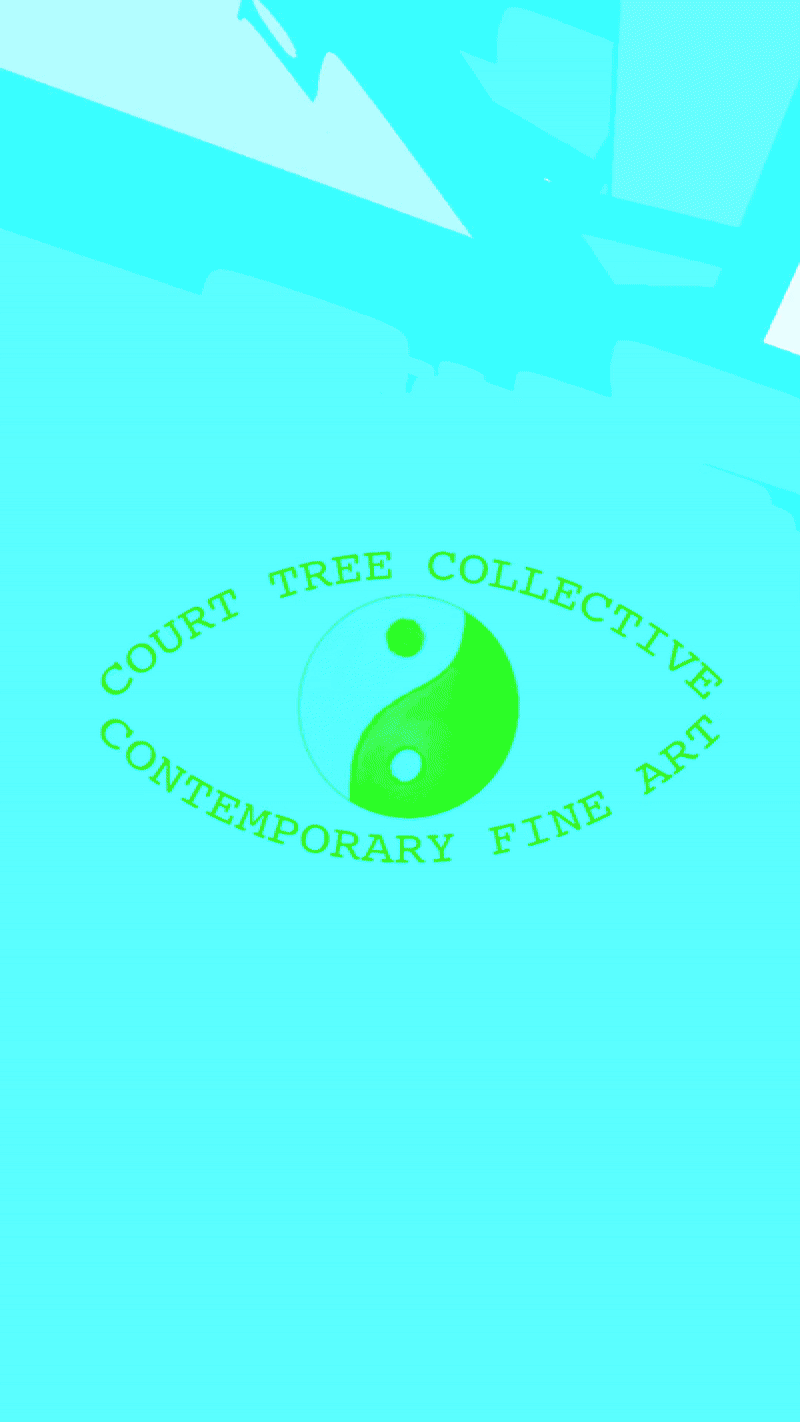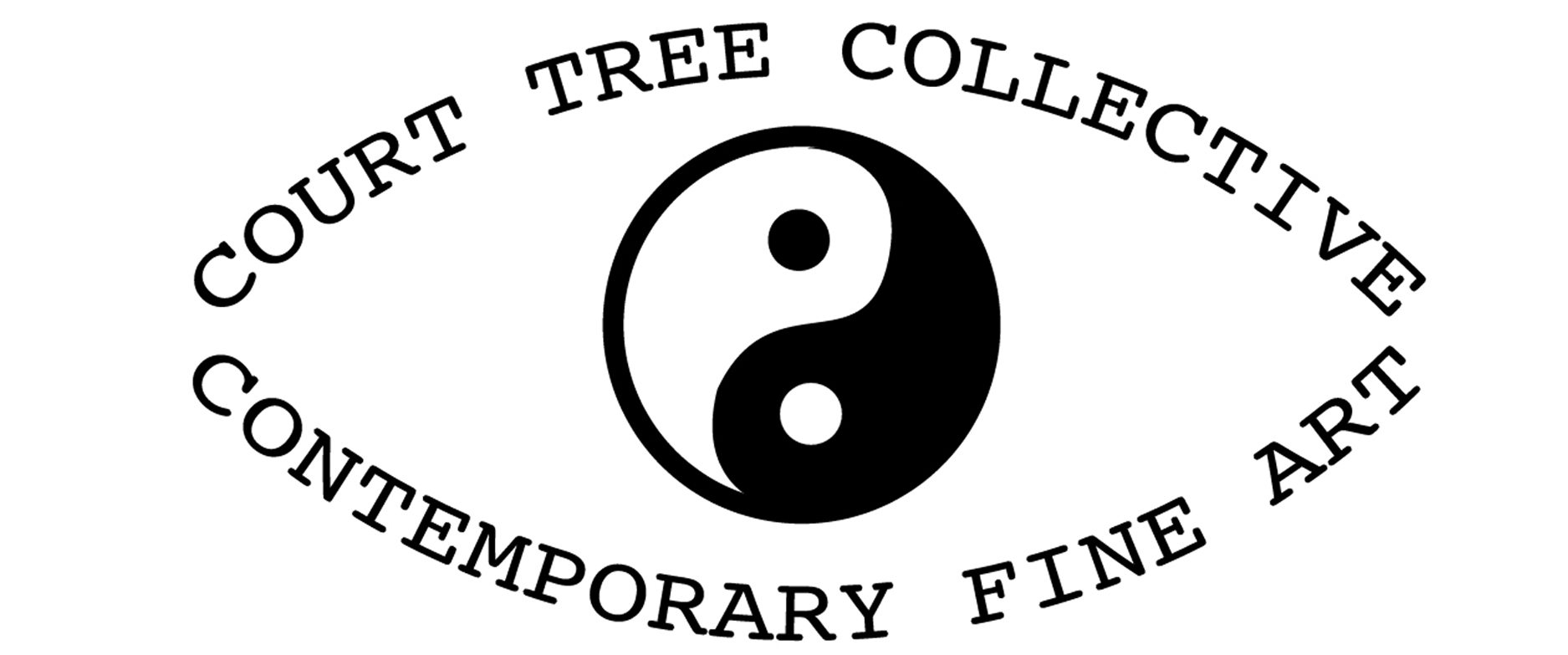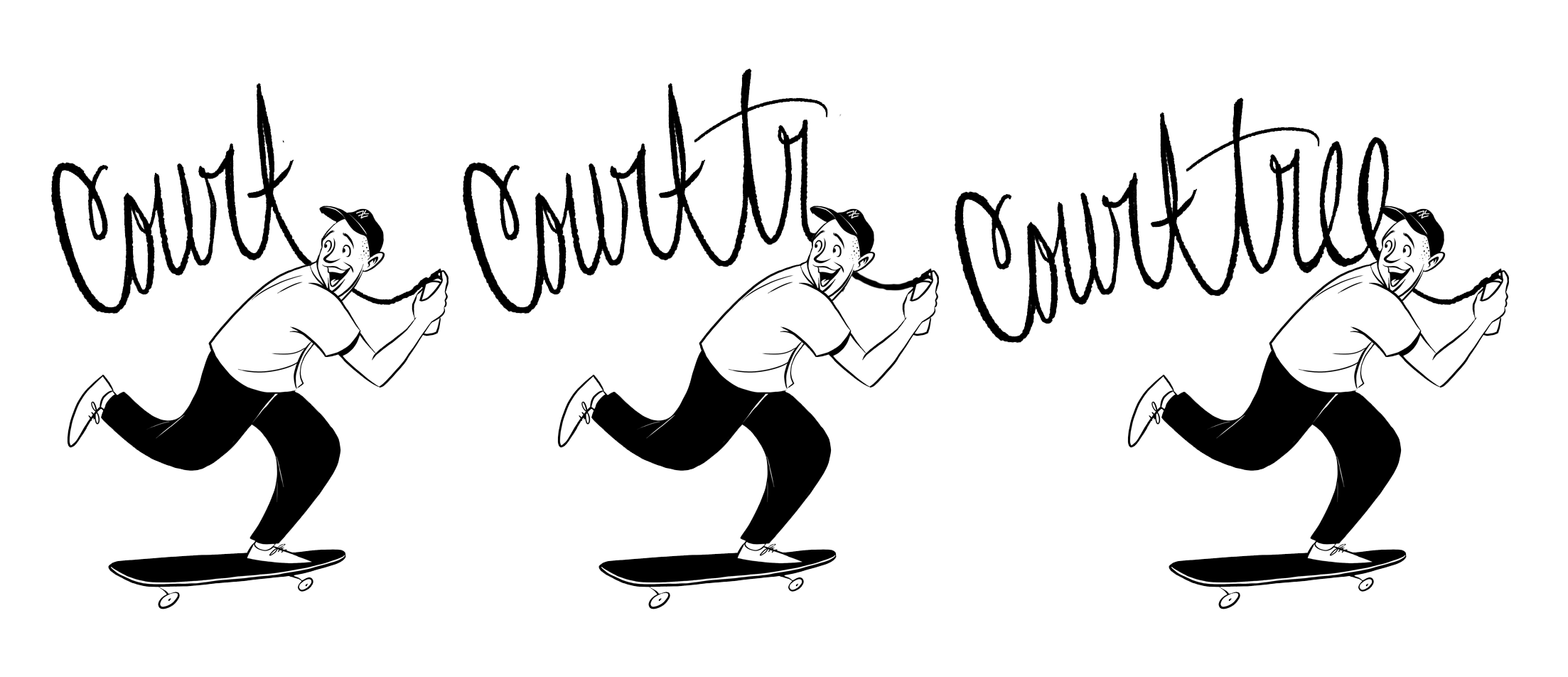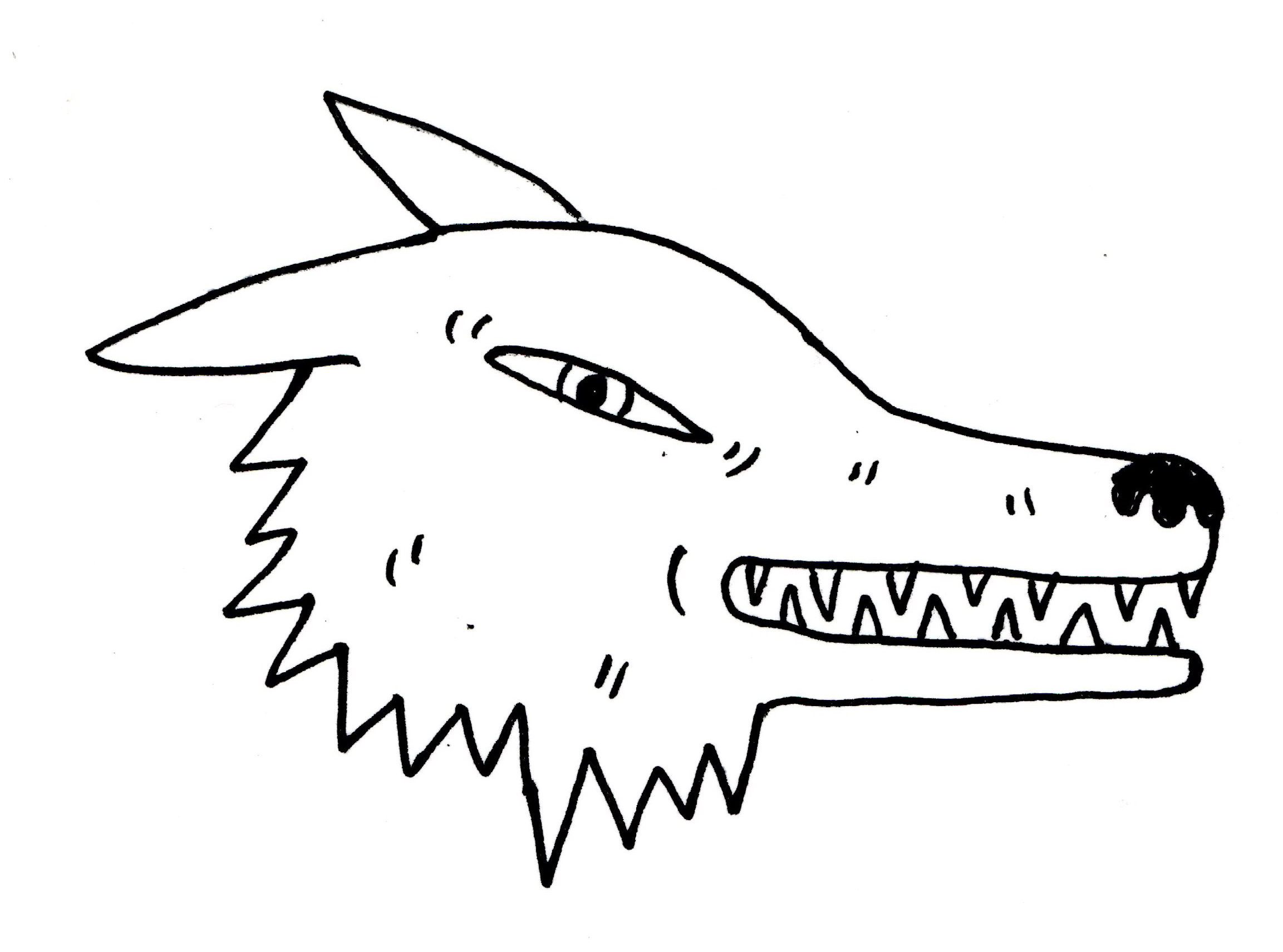Yool Kim
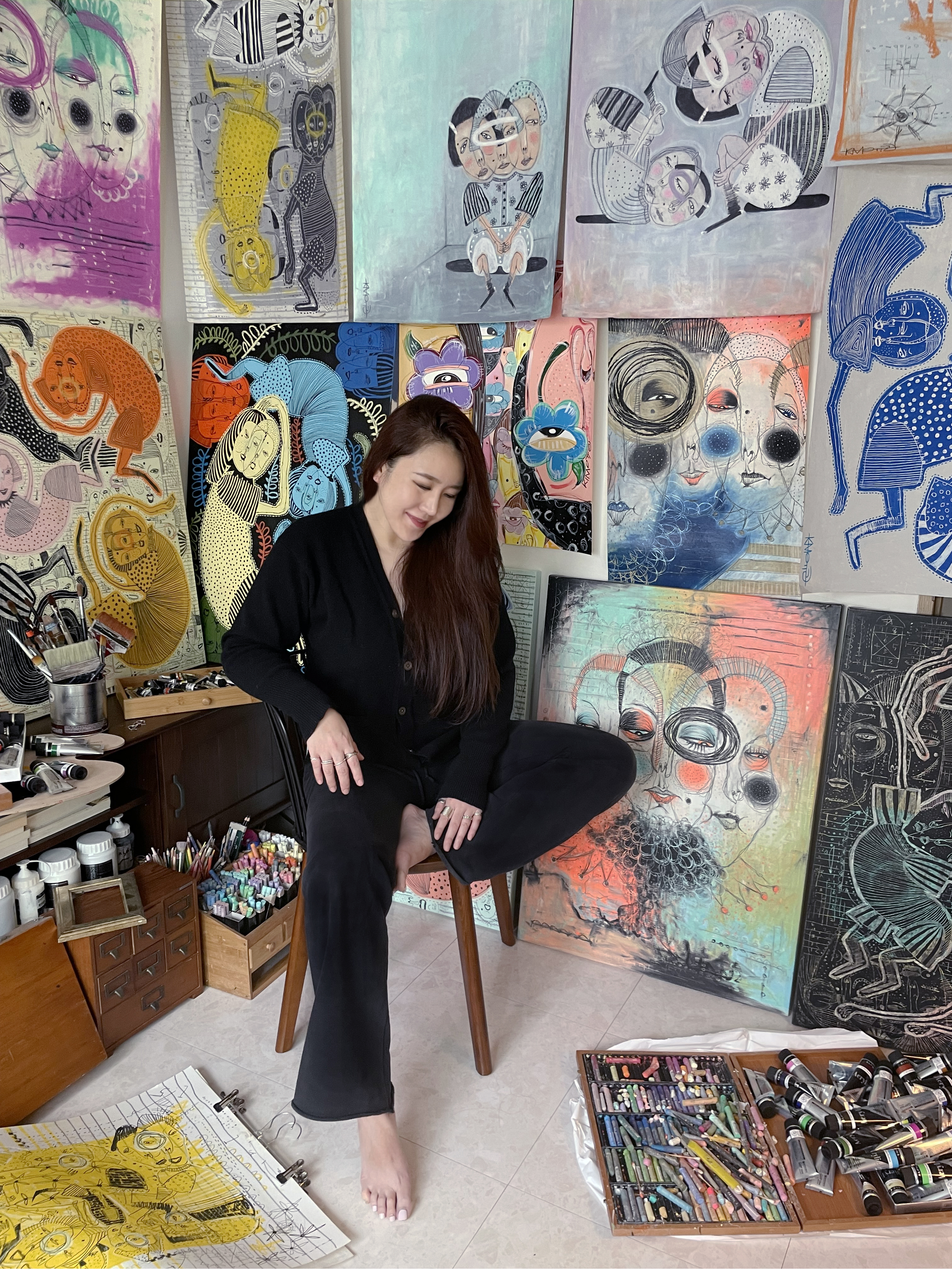
You studied color at university, and your palette is very distinctive. What is your approach to color? What were you hoping to do with your degree in Color Studies?
I completed graduate studies in color science and worked for 10 years as a cosmetic product developer.
How long have you been painting? Who are your major influences?
Although I studied art as a young girl, I have been focused on painting this style for the past year and a half. At first, I was able to express my complex thoughts with face illustrations, and naturally came to a form with arms, legs, and torso. The influence of my paintings is me. I express the feeling of the moment and my condition in the most honest way, and I don’t want to hide it, so I project it into the picture.
Your paintings are heavily psychological, representing extreme emotional states, and yet they are also quite figurative and composed. It’s like there’s manifestations of the unconscious, but also a regulating order. What do you understand about the psychological aspect of your work?
A person like me changes from disorderly and complex thoughts to frame the world around them. One struggle I try to convey is to accept change and a longing for mental and physical freedom. I express this in my paintings. When I draw, I place importance on color, background, shape and emotion of the person, and layout. As a result, like the methods and rules of the Tetris game, random sticks coming down from the top are regularly fitted into the frame, and the complex background (to the world) expresses the desire to show that I stand out or coexist.
Your figures often have a dotted border and a dot on their faces? What do these accents mean for you? Are they symbolic or merely decorative?
I really like the dots and freckles on the face. I like the feeling of touching a ball. In my drawings there are always dots. Dots show differences in my drawings and signify change. Similar to the dotted line, it is an expression used to express salience and outstandingness. Even if there are no dotted lines in my drawing, there are always dots. Location or size doesn't matter. I think the thing that is unique to me, not the ordinary, stems from the desire to stand out.
You paint long, spindly hands, and a lot of your figures have only two or three limbs. This makes them somewhat abject, like maimed animals, but also adds to their appeal and mystery. What do you think about the body parts of your figures?
I want to let go of my limbs. My arms and legs symbolize heaviness, I use them by expressing different personalities and various moods by overlapping my complex thoughts on the faces I draw. There is no need to have two limbs, I want to break the rules of beauty set by the world. As long as I have just one limb to express freedom and make me known, that's enough. I think the meaning of “do what you want to do” has come to mean a lot so far as the body is concerned. I like to express motions that are impossible in reality, this results in drawing different human proportions, often those found in animals. There is a cat that appears often in my drawings, and although it has a human form, it also reflects the psychological part by comparing the inner heart and body to a cat.
Your paintings are one-dimensional and have prominent backgrounds. Some of your backgrounds are just one or two solid colors, while others are complex: patterned with checkerboard or lines or chaotic scribbles. What do backgrounds mean in your approach to composition?
The background is the world in which my present and past psychology are compressed and expressed. However, this world is not constant. Sometimes it is standardized as a single color, but when complexity fills up, it is expressed by giving variety to the color. In addition, graffiti expresses my noisy surroundings and compares the pain of my childhood to games, numbers, pyramids, dotted lines, circles, and X marks, recalling my unhappy childhood and expressing hope.
Many of your figures are half-animal or surrounded by animals, so they bring up questions of the human/animal divide. What do you want to express about the animality of humans (or vice versa)?
I never thought of separating people from animals. I want to reflect on the symbolism that stands out in the images and actions of certain animals. Cats often appear in my paintings, but in fact, I am afraid of cats. But to me, cats are queens and kings. I admire the freedom that comes from the strong, hard-to-reach, yet flexible gestures of cats. Cats have what I long for, something I am missing. I'm still obsessed with cats, but I don't know when that will change again. I change from moment to moment, and my thoughts are always on my tail, and I am also curious about what kind of creature I will meet at the end of my thoughts, and it is a task that I work to express.
Click Here ︎ to see Yool’s work.
Yool’s Instagram: @yool___kim
Interview by Christian Prince.
@chrstn_francis
